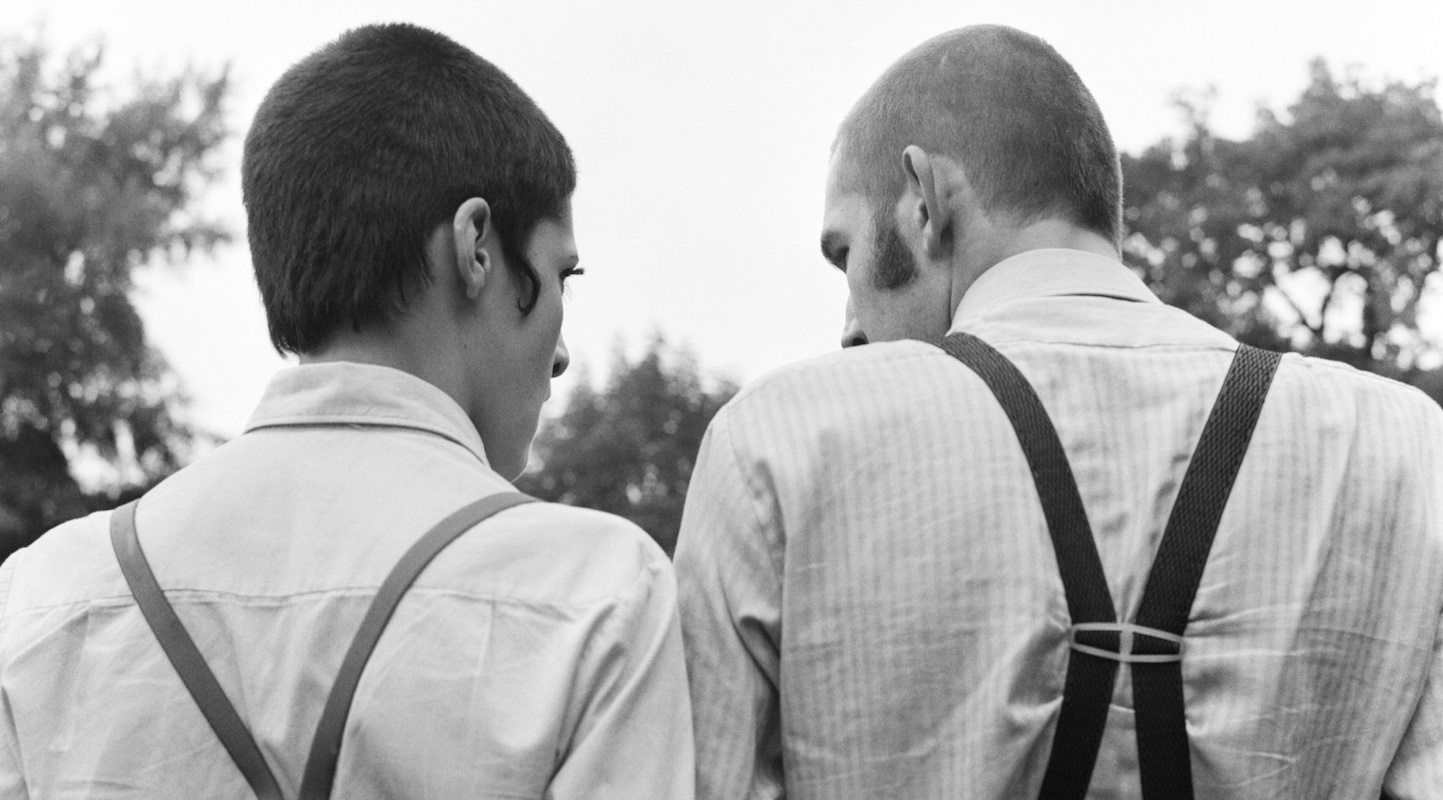Let’s play a game of word association. I’ll start: ‘skinhead’. Hmm. I think I can guess which words instantly occurred to you: ‘thug’ perhaps, ‘hooligan’ probably and possibly even ‘racist’? Yet for anyone who remembers the original incarnation of skinheads, another word will always spring to mind: ‘reggae’.
If you believe that Britain’s love affair with reggae began in the late 1970s with Bob Marley, I’m afraid you’re out by several years and several million record sales. It began in the late 1960s with a happy confluence of Caribbean immigrants, Trojan Records and skinheads. Many West Indian migrants lived on London council estates alongside white, working-class teenagers who’d become disaffected with how far out and flowery the music scene had become.
Reggae quickly became the music of the youth club, fairground and football ground. And football was where the trouble started
The Beatles had gone from I Want to Hold Your Hand to I Want to Take Some Drugs. And The Who had released Tommy, a ‘rock opera’ about a deaf, dumb and blind boy being sexually abused by his uncle. It was little wonder that teenagers found themselves bewitched by the jaunty, Jamaican rhythms coming from their neighbours’ Blue Spot radiograms.
That’s how I first heard the music to which I’ve been addicted ever since. My Uncle Basil was playing 007 by Desmond Dekker which he said reminded him of ‘home’. Home for him was Kingston, Jamaica, so of course Basil wasn’t my real uncle. Calling your parents’ friends ‘uncle’ and ‘auntie’ is a tradition that seems to have disappeared but it would have been disrespectful to call them Ivy and Basil but too formal to address them as Mr and Mrs Reid. So our neighbours from two doors down were auntie Ivy and uncle Basil.
It was out of this cross-cultural closeness that skinheads evolved, principally through that shared love of reggae. Although I was about five years too young, this was the first youth cult that I was desperate to be part of. It wasn’t all cropped hair, braces and Dr Martens (also known as DMs but never, ever as Doc Martens). There were Crombie coats, two-tone tonic strides, button-down Ben Sherman shirts and heavy, welted brogues.
I only ever got as far as the haircut, courtesy of my dad’s mate, a gruff Irishman known as Jim the barber. Jim, who wasn’t exactly Vidal Sassoon, gave every male in our neighbourhood exactly the same short crop. Whereas I’d always resented the brutality of Jim’s clippers, suddenly I was delighted. I loved the crop I had and the clothes I didn’t have, but most of all, I loved the reggae, booming out from next door but one.
After 007, Desmond Dekker’s next hit was Israelites. This was the big one. It went straight to number one and suddenly reggae was huge. Trojan Records licensed and rush-released all the hottest tunes from Jamaica but they were carried into the charts and into UK culture on the shoulders of skinheads.
The record company was down the road from us in Willesden, so local skins would go straight there to get the latest sounds before anyone else did. The fact that they hadn’t heard them was immaterial. If Trojan were putting them out, they must be good.
Double Barrel by Dave and Ansel Collins also topped the charts while other Trojan 45s like Jimmy Cliff’s Wonderful World, Beautiful People, Love of the Common People by Nicky Thomas and Bob and Marcia’s Young, Gifted and Black were played constantly on Radio 1.
Reggae quickly became the music of the youth club, fairground and football ground. And football was where the trouble started. The vast majority of early 1970s football hooligans were skinheads but that’s only because the majority of early 1970s teenagers were skinheads. It was easily the most dominant style of the day so hooligans and non-hooligans were bound to adopt it.
Within a couple of years, however, the hooligans had moved on. Once reggae was mainstream enough to spawn a big novelty hit like The Piglets’ Johnny Reggae, the hooligans grew their hair and donned baggy flares to embrace Slade, T Rex and David Bowie. They were the same people, still beating the hell out of each other on the terraces, but there were no newspaper headlines about vicious glam rock hooligans.
Skinheads may have faded as a subculture but they’d imbued a love of reggae into this country that continued without them. Trojan hits like Ken Boothe’s Everything I Own, Dandy Livingstone’s Suzanne Beware of the Devil and Skanga by Rupie Edwards all bear testament to this. Oh, and still no sign of Bob Marley. At least not anywhere near the charts.
Whereas Desmond Dekker was watched by millions on Top of the Pops, Bob Marley and The Wailers appeared on The Old Grey Whistle Test years later, watched by practically nobody. That’s not to say they weren’t fabulous – they were – they just weren’t particularly popular. The fact that they emerged via The Old Grey Whistle Test tells you all you need to know.
Theirs was a different kind of reggae – serious, weed-infused and therefore not unlike prog rock. They barely made a dent on either the singles or album charts. Instead, interest in Bob Marley shot up after his death in 1981 and he deservedly became a global phenomenon following the release of Legend – a greatest hits compilation – three years after that.
So if you love that album, if you’re a fan of UB40 or have been to a Madness gig and sung along with Suggsy, you have skinheads to thank for all of it. Trojan Records introduced a happy cultural change to an unsuspecting kingdom, which is really the opposite of what a Trojan horse is supposed to do.







Comments